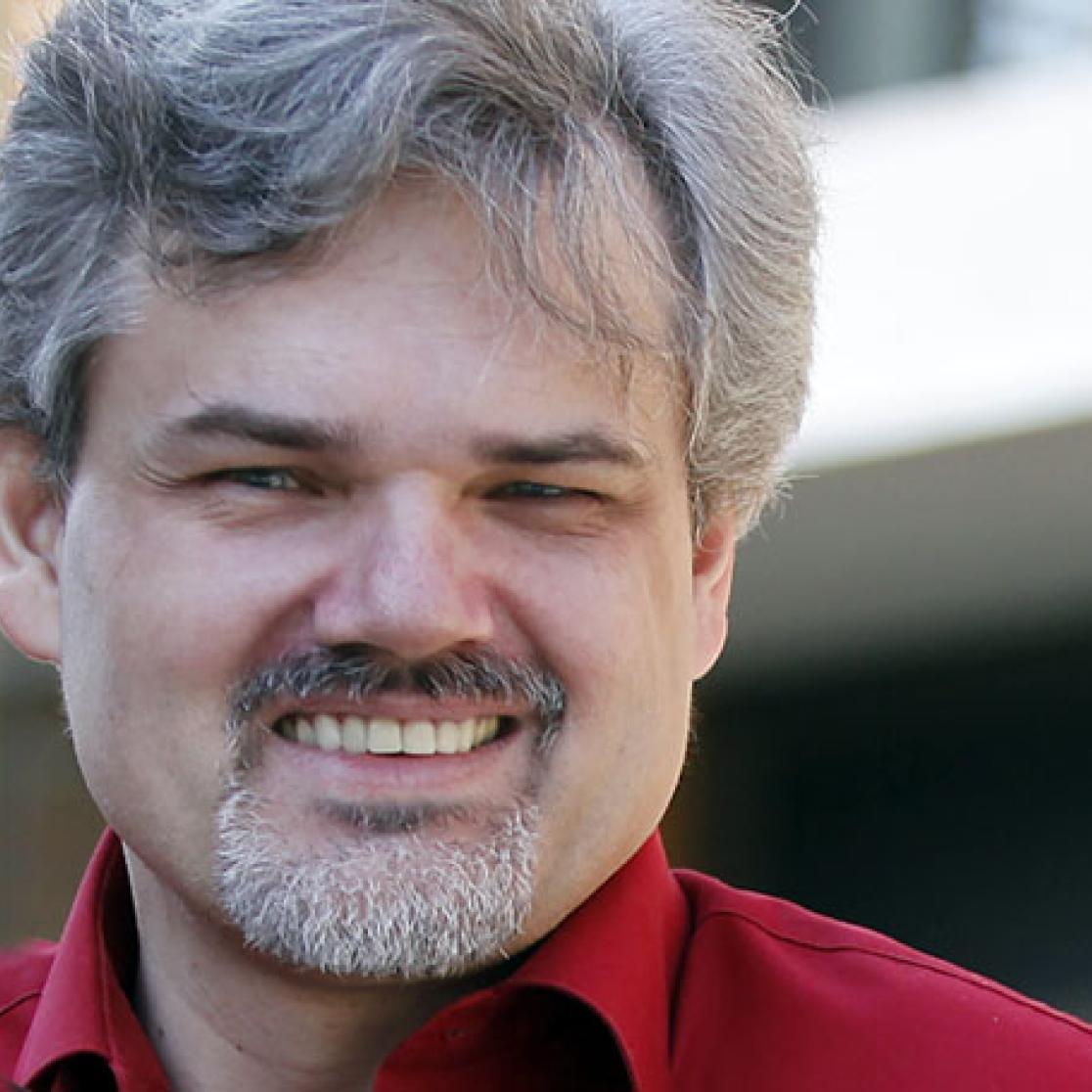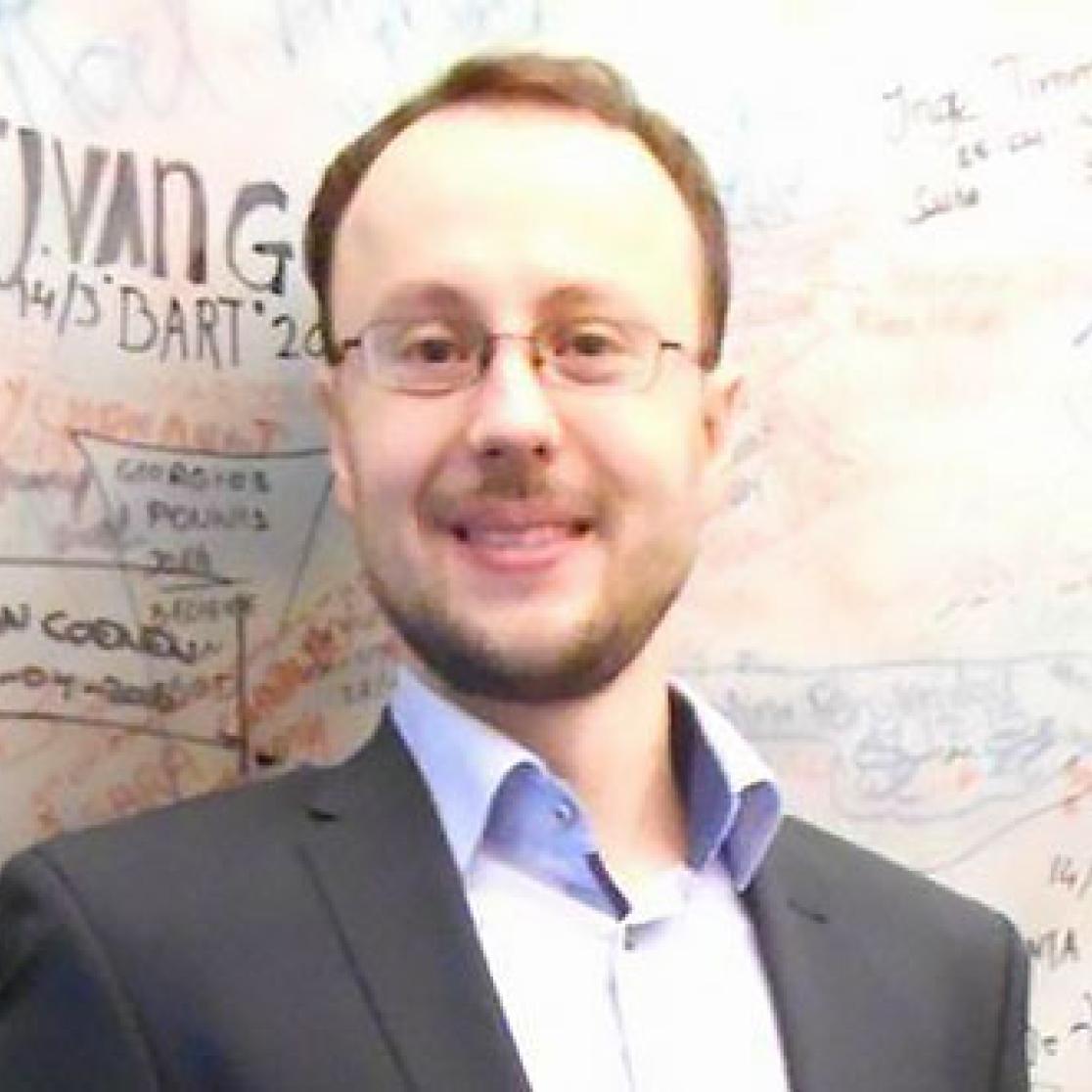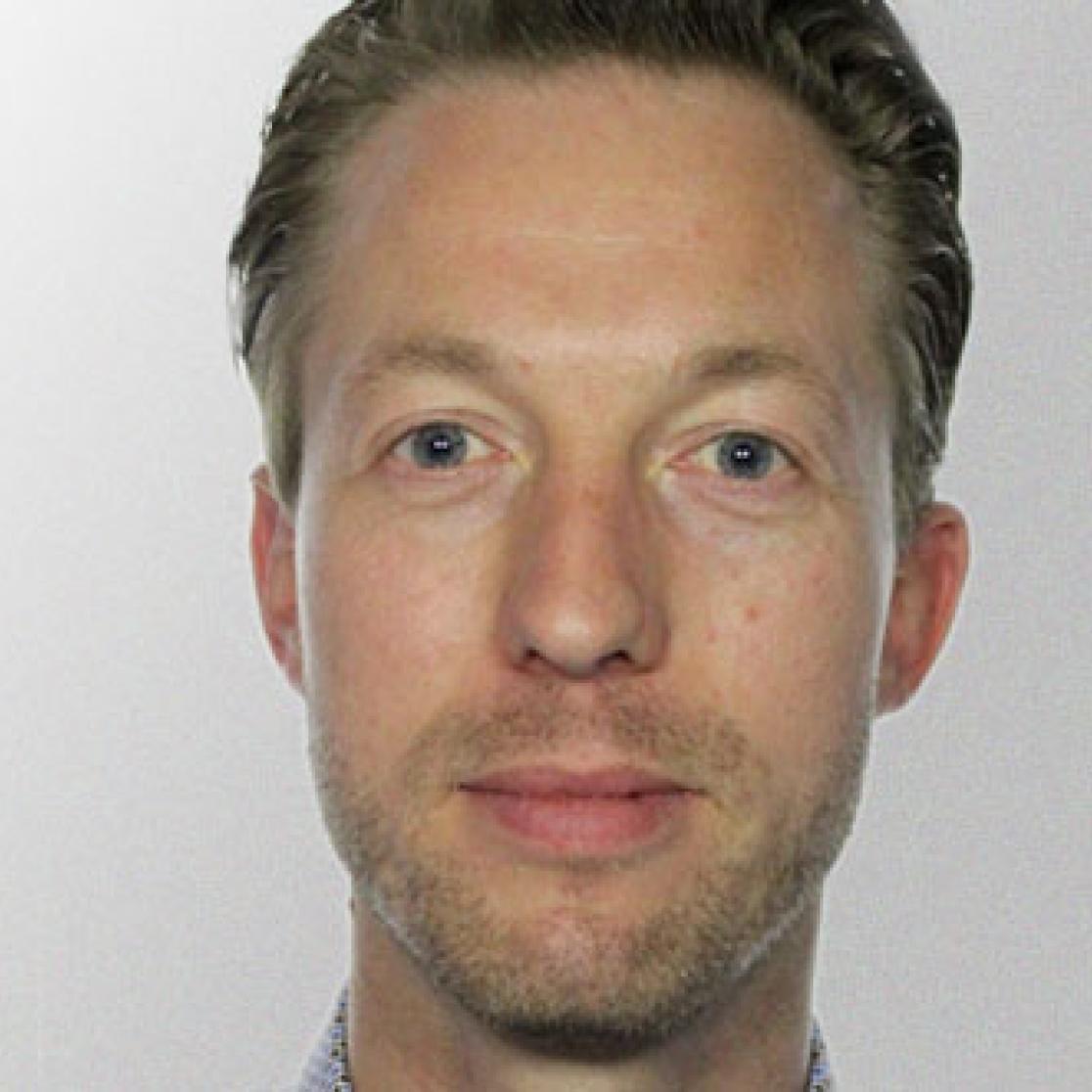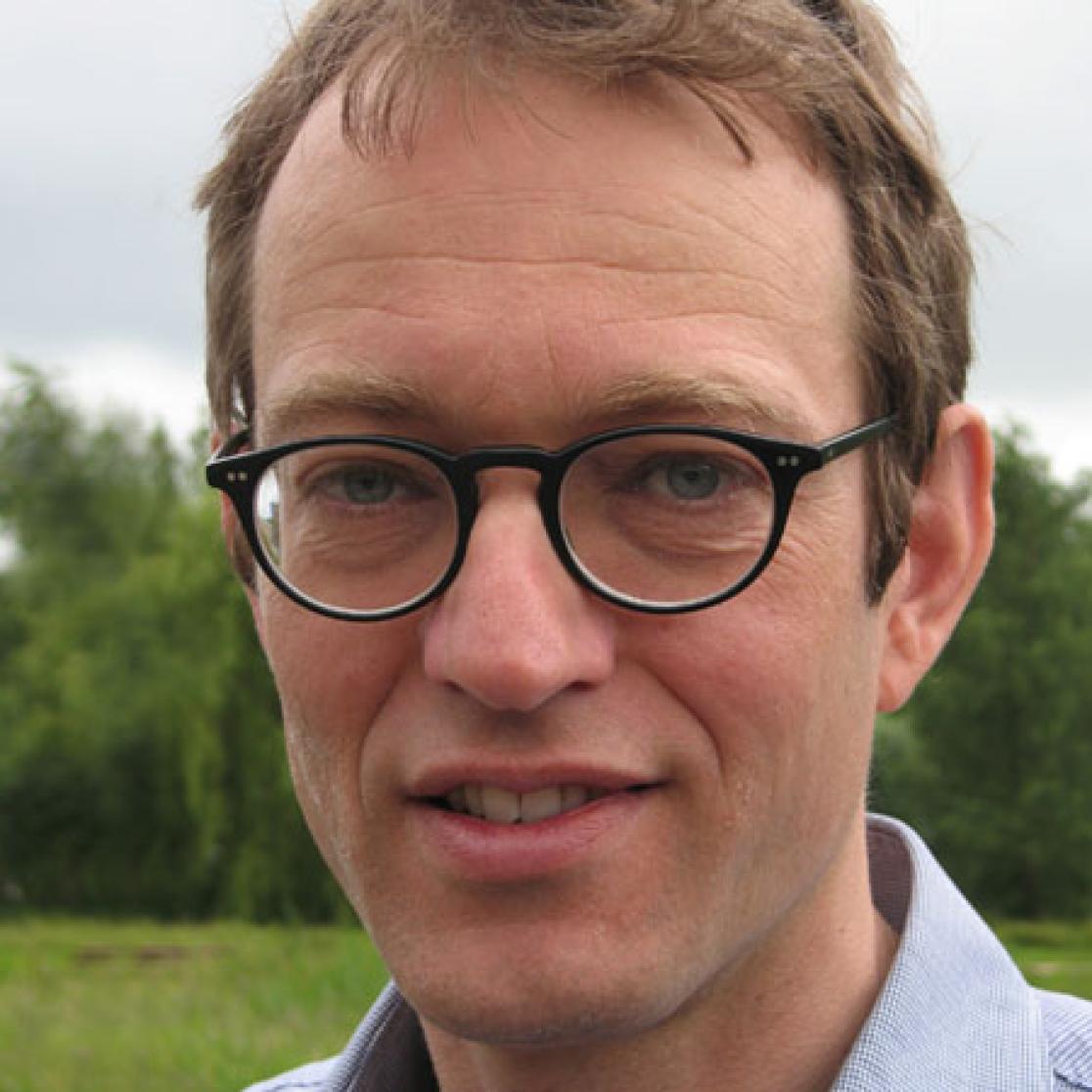Human Brain Project Open Day
Maastricht University and the Department of Cognitive Neuroscience at the Faculty of Psychology and Neuroscience are proud to host the 6th Annual Human Brain Project Summit and Open Day, here in Maastricht. Together with the Human Brain Project (HPB) an exciting Open Day programme will be offered, accessible to everyone with an interest in how our brain works.
European research infrastructure
During the Summit, researchers from all over the world (including Maastricht University) will present the latest developments on how modern computing technologies enhance our understanding of the human brain and how this knowledge can be applied to develop new diagnostic and therapeutic tools for brain disorders. The Human Brain Project is creating a European research infrastructure for neuroscience and ICT to continue to work together and discover more about how the healthy and diseased, human brain works and develops. The Open Day will be organized in the MECC. Click here for the programme and registration.
Science Market
The Open Day offers a Science Market where HBP members present their work with demos and experiments. You can, for example, explore the brain in virtual and augmented reality or interact with smart robots. Two giants in the field will deliver keynote speeches: Dick Swaab (author of the book ‘We are our brains’) will discuss what makes us human: the interaction of the brain with our environment; Jeff Hawkins will speak about the human neocortex, the organ of intelligence, responsible for perception, language, and high-level thought. How the neocortex works is considered one of the greatest unsolved scientific challenges.
" Our brain is a large part of what makes us human. Almost all organisms in the animal kingdom have a brain, but none are as complex as ours. Our brain structure has permitted us to use tools, control fire, build computers, and explore the universe. But difficult questions still remain unanswered. As we probe the human brain, trying to understand human intelligence, it seems logical to push our knowledge and understanding as far as possible. "
Professor Rainer Goebel, host of the Human Brain Project

Cutting-edge cognitive brain research
The Department of Cognitive Neuroscience (CN) and the Maastricht Brain Imaging Centre (MBIC) are performing cutting-edge cognitive brain research. They develop new analysis methods for standard and ultra-high field MRI. They use the high-resolution multi-scale MR imaging data of the human brain as constraints to develop and test computational cognitive theories of information processing. Their unique equipment, including 7 and 9.4 Tesla human MRI scanners, and their computational expertise allows them to investigate the relationship of mind and brain at both the macroscopic level and the mesoscopic level of cortical layers and cortical columns.
Fruitful interactions
In recent years, Maastricht University has focused on topics that are strongly related to major HBP objectives, including multi-scale imaging ranging from nano to mm scales, big data analysis and population imaging (the Maastricht Study), data science and robotics. The Summit and Open Day will provide an outstanding environment for facilitating and encouraging fruitful interactions among HBP participants and with local innovators from academia and industry.
New therapeutic strategies to treat depression
Mental illness is one of the main sources of the burden of disease of our time, and associated with considerable costs to society (estimated at €22 billion per annum for the Netherlands alone). Because a considerable number of patients do not respond satisfactorily to current treatments, and those who do often relapse, we need to investigate new therapeutic strategies. Neurofeedback is one such strategy. It entails training patients in the self-regulation of specific brain areas or circuits. This can be achieved through real-time feedback of brain activation signals recorded by electroencephalography (EEG) or functional magnetic resonance imaging (fMRI). We focus on fMRI because it allows us specifically to target deep brain areas. The best results so far have been obtained for depression although many questions (about specificity, placebo effects, sustainability) still have to be answered.
Professor David Linden, Faculty of Psychology and Neuroscience, department of Psychiatrie & Neuropsychology, School for Mental Health and Neuroscience

Rapid eye movements
My work focuses on eye movements for object recognition. In contrast to a camera which takes images with the same resolution throughout, the human eye sees sharply only at the center of fixation. Beyond that, the image gets progressively more blurry. To compensate for this, humans make rapid eye movements (about 3 per second) to bring different aspects of a scene into focus and combine the information from each glimpse. My colleagues and I investigate the mechanisms that allow our brains to achieve this by subdividing these mechanisms into their functional components. A perhaps unlikely ally in our work are robotics and artificial intelligence. Instead of merely relying on experimentation to study how the brain recognizes objects from a mosaic of snapshots, we also aim to build machines able to do the same. We believe that our successes as well as our failures in building machines that see can improve our understanding of vision in the brain.
Mario Senden, PhD, Faculty of Psychology and Neuroscience, Department of Cognitive Neuroscience

An app for neurosurgery
My passion is to combine clinical neurosurgery and information technology into what I call ‘computational neurosurgery’. For 10 years now, I have been developing mobile apps of which one -called NeuroMind - became the #1 app for neurosurgery worldwide. The past few years my efforts have shifted towards self-steering deep brain stimulation for movement disorders like Parkinson’s disease and essential tremor, for which we combine advanced movement sensor measurements with smartphone monitoring. Also we are currently starting a research line on brain computer interfacing using depth electrodes that we implant for epilepsy recordings.
Dr. Pieter Kubben, Neurosurgeon at Maastricht UMC+ and medical programme manager for eHealth and mHealth

Alzheimer’s is not one disease
Alzheimer's disease differs from patient to patient. Some get the disease at 50, others at 90. This means that Alzheimer's is not one disease: there are different subtypes with different causes. The aim of our research is to map these different subtypes, because they probably require different treatments. Proteins in the cerebrospinal fluid give us an insight into what happens in the brain. By analyzing protein patterns we want to detect the various Alzheimer subtypes. We also investigate whether these protein patterns are related to genetic predisposition, lifestyle, the age at which the disease starts and the rate of decline. Finally, we will research how people respond to a treatment customized to the underlying cause of the subtype. The findings can lead to better diagnostics and treatment of Alzheimer's.
Dr. Pieter Jelle Visser, MD, PhD, Faculty of Psychology and Neuroscience, Department of Psychiatry & Neuropsychology, School for Mental Health and Neuroscience
